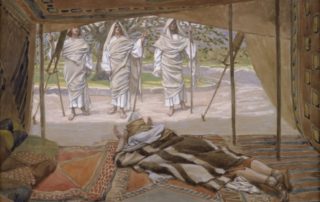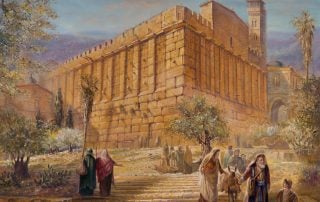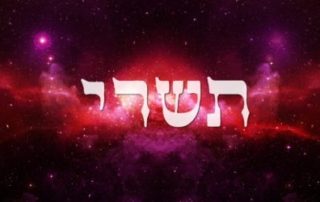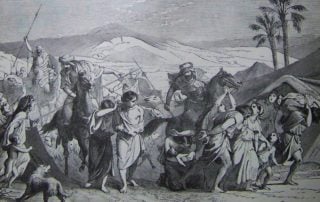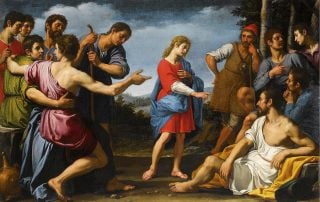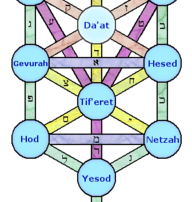Three Angels: Past, Present, and Future
And the Lord appeared unto him in the plains of Mamre, as he sat in the entrance of the tent in the heat of the day; and he lifted up his eyes and looked, and, behold, three men stood over against him… (Genesis 18:1-2) In the Torah portion Vayeira, three men appeared to Abraham as he was sitting at the entrance to his tent. The Talmud states that these three men were angels: Michael, Gabriel, and Rafael. Michael came to tell that Sarah will give birth to a son; Raphael came to heal Abraham after his circumcision; and Gabriel came to destroy Sodom. However, on a metaphorical level, it appears to me that these three angels personify three aspects of time: past, present, and future. Here are several clues that hint at [...]

